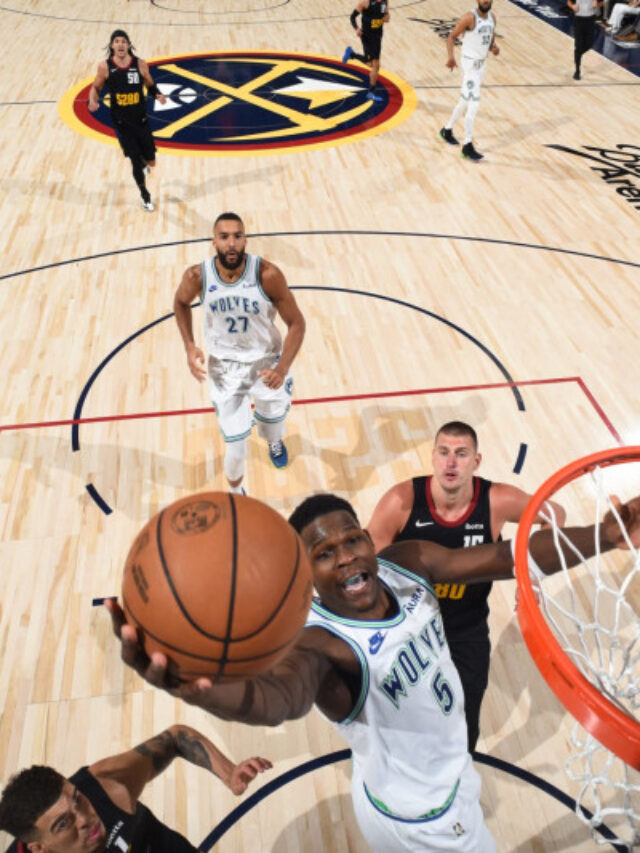Remembering Steve Albini: A Legend in Indie Rock

- Steve Albini, Esteemed Producer and Rock Underground Icon, Dies at 61The Shellac and Big Black Frontman, Who Recorded Classic Albums for Nirvana, Pixies, PJ Harvey and More, Dies of a Heart Attack, an indie rock icon as both a producer and performer, died of a heart attack on Tuesday, May 7, at his recording studio, Electrical Audio, confirmed to Pitchfork staff.
- In addition to performing with underground rock acts like Shellac and Big Black, Albini was a legend in the recording studio, although he preferred the term “engineer” to “producer.” He recorded Nirvana’s In Utero, Pixies’ Surfer Rosa, PJ Harvey’s Rid of Me and countless other classic albums, and remained an outspoken critic of exploitative music industry practices until recent years.
- Shellac were preparing to launch their first album To All Trains in ten years on tour next week. Steve Albini was 61 years old.Despite Albini’s insistence on working with any artist who paid his royalties, Albini’s catalog as a self-described sound engineer includes alternative rock, which is almost a genre unto itself. After early collaborations with Surfer Rosa, Slint’s Tweez and Breeders’ Pod, he became synonymous with brutal, live-sounding analog production that contained palpable raw energy.
- His unrivaled resume in the late 1980s and 1990s includes Jesus Lizard’s influential early albums, Wedding Present’s Seamonsters, Brainiac’s Hissing Prigs en Static Couture, and Low, Dirty Three, Helmet, Boss Hog, Jon Spencer Blues Exploschion . and dozens of others. His influence extended to subsequent generations in rock, punk and metal both at home and abroad, many of which he produced – such as Mogwai, Mclusky, Cloud Nothings, Mono, Ty Segall .
- He also recorded the enduring pinnacles of the singer-songwriter canon: Joanna Newsom’s Ys, Nina Nastasia’s early records, and much of Jason Molina’s catalog.Born in Pasadena, California, Albini had a troubled childhood before his family settled in Missoula, Montana.
- As a teenager, his discovery of the Ramones turned what he described to Jeremy Gordon in The Guardian as “a normal Montana childhood” into something much wilder. While studying journalism in Illinois, he was drawn to the Chicago punk scene in the following years, challenged and defined by his music. Albini spent his days at Wax Trax, a record store, buying any record that “looked interesting” and talking to “anybody with a funny haircut,” he told NPR.”It was a very active, very productive scene where everybody was involved on every level,” Albini said of the Chicago music scene.
- “The community I joined when I came to Chicago allowed me to continue my life in music. I didn’t do it myself. I did it as a participant in a scene, a community, a culture, and when I see someone take it out instead of participating as a partner, it makes me think less of that person… All my participation ends. at some point.
- All I can say about myself is that it was a great thing I was a part of on the trip and I want to make sure I don’t take that with me when I leave.”ADVERTISEMENT \ nHe began recording As Big Black in 1980 – channeling antisocial, sometimes violent themes with Buzzsaw riffs and histrionic barking, growling and taping, initially supported only by a drum machine (which remained a constant, pulsing presence) and soon joined by Naked Raygun’s Jeff Pezzati and Santiago Durango, with Dave Riley replaced Pezzat on two notable studio albums, Atomizer and Songs About Fucking.In his spare time.
- Albini jammed in the 1980s, leading the neighborhood scene.After Big, Albini formed the short-lived Rapeman, which he regretted, despite its sardonic intent – before forming Shellac Trainer with Bob Weston and Todd in the early 1990s. After numerous EPs across his longtime hometown Touch and Go and Drag City, the band toured extensively (including a residency at Primavera Sound, the only music festival Albini had the pleasure of playing) and released five beloved albums: 1994’s Action Park, 1998’s Terraform, 2000.
- 1000 Hurts, 2007 Great Italian Greyhound and 2014 Dude Incredible.Albinia has long been admired for sticking to his principles and questioning the norms of the music industry, especially in the recording studio. He never took royalties from the records he worked on—including Nirvana’s In Utero, which sold more than 15 million copies—despite being standard in the industry, and kept artist requirements relatively low, especially with his pedigree as a producer. . . In his recording studio, Electrical Audio, where he and his staff helped pester the construction process, Albini was famous for giving artists a yellow legal form on the first day and telling them to write a written description of each song they intended. . a record It was his way of preventing future abuse and making sure artists maximized the studio time they paid for.
- “The recording part is an important part for me – that I’m making a documentary that captures part of our culture, the life’s work of the musicians who employ me,” he told The Guardian. “I take this part very seriously. I want the music to live all of us.
- “Several bands talked about their experiences with Albini behind the wheel reading a book or playing Scrabble during their recording sessions. As Albini explained, this method helped keep his senses sharp and broadened his perspective. “When I started making records, I sat in front of the console and concentrated on the music every second. I figured out the hard way I used to play music.











+ There are no comments
Add yours